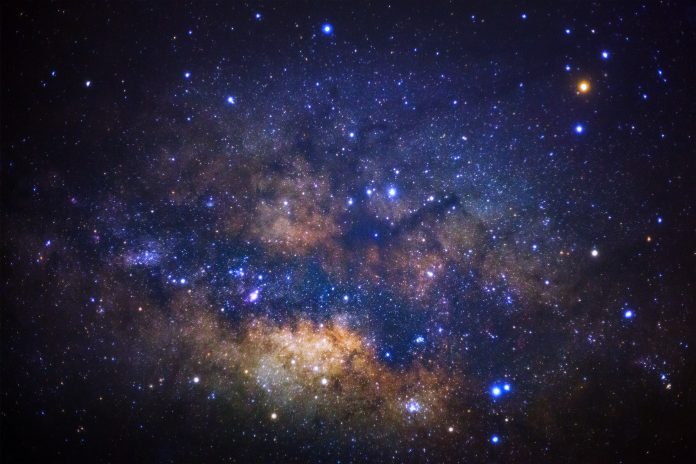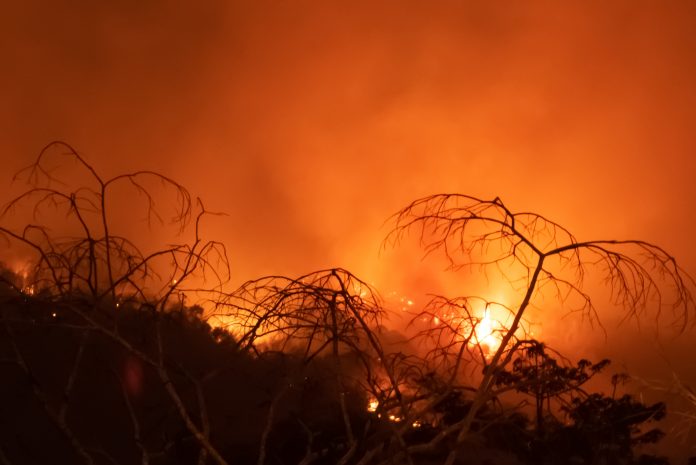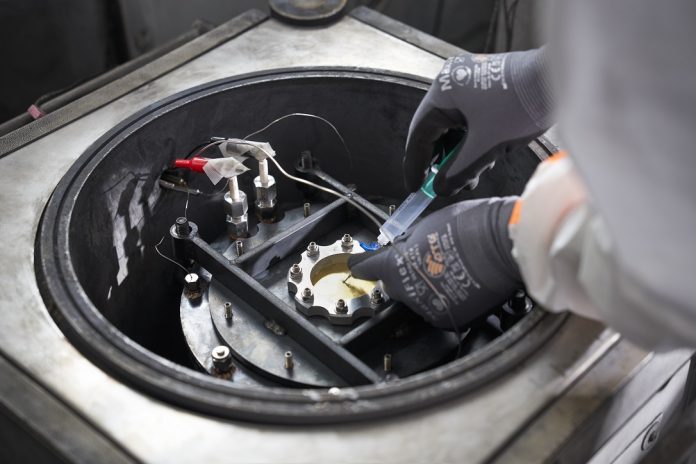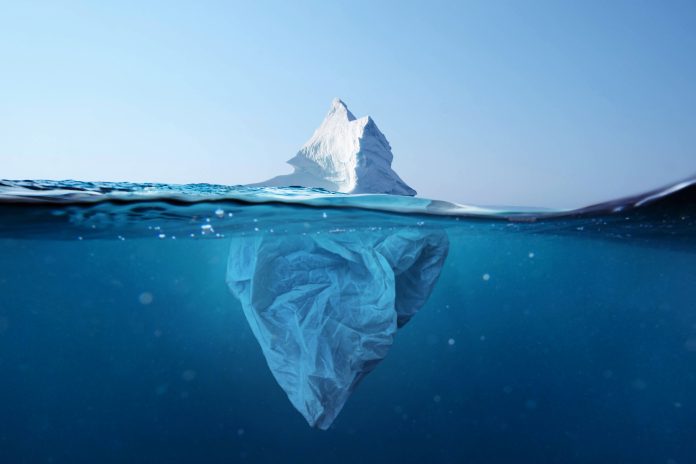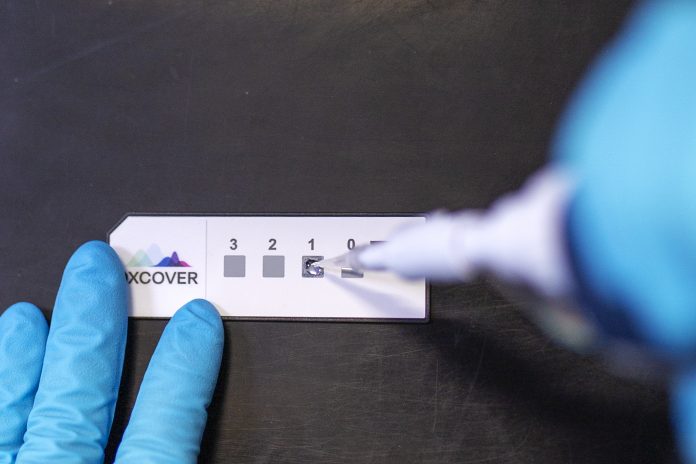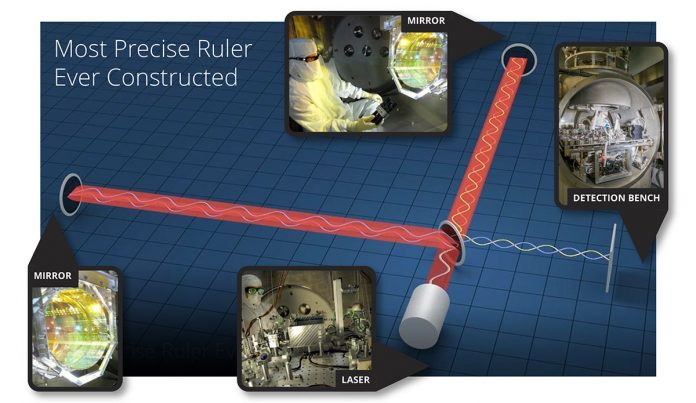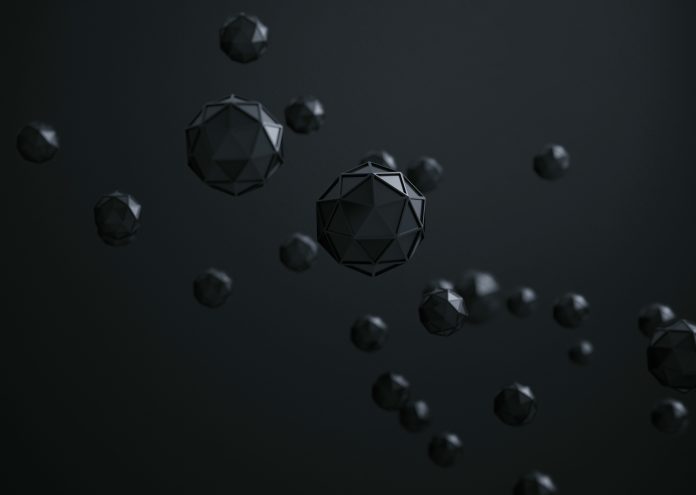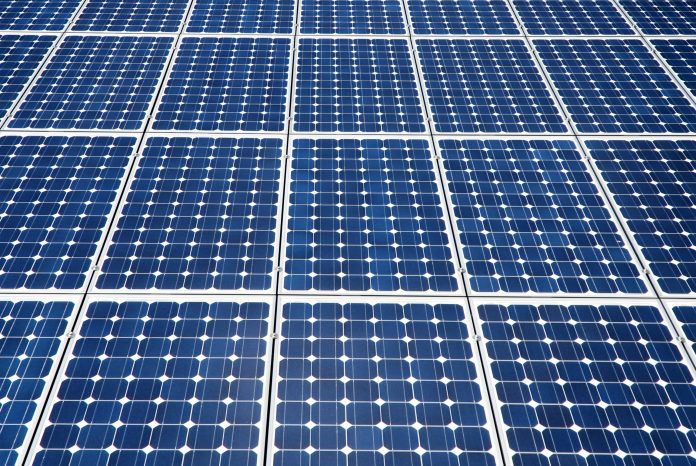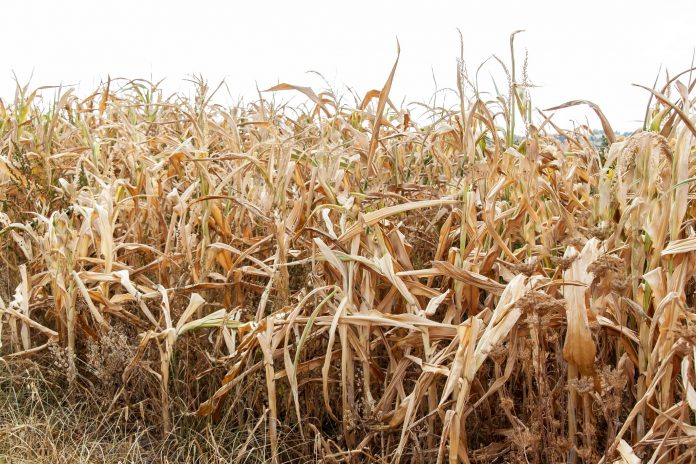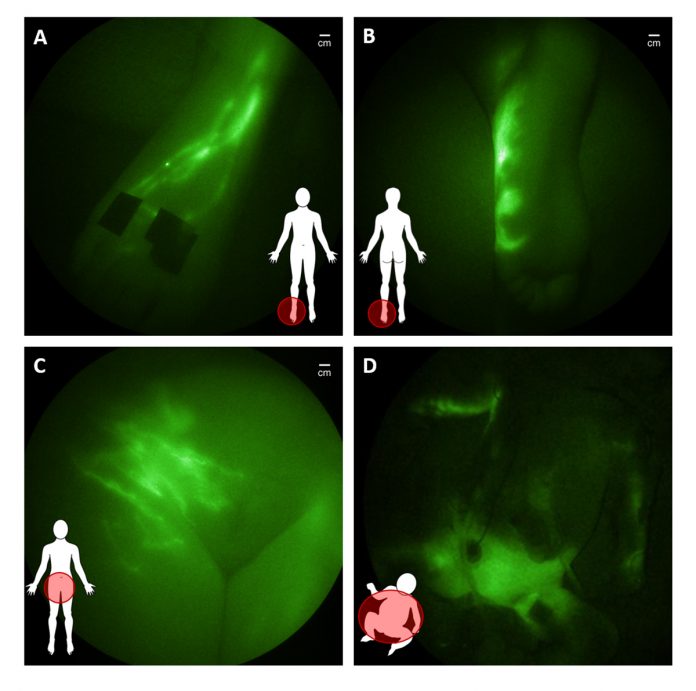Open Access Government produces compelling and informative news, publications, eBooks, and academic research articles for the public and private sector looking at health, diseases & conditions, workplace, research & innovation, digital transformation, government policy, environment, agriculture, energy, transport and more.
Home Search
infrared technology - search results
If you're not happy with the results, please do another search
Real-time soil health management for sustained agriculture practices
Aarthi JanakiRaman, Research Director, Chemicals and Advanced Materials at TechVision, Frost & Sullivan, turns the spotlight onto continuous and real-time soil health management, which are critical for sustained agriculture practices.
Big science from little telescopes
NAOJ Director General Saku Tsuneta explains Japan’s strategy of using both large and small facilities for multi-messenger astronomy
Cosmology & astrophysics – what they are & why we might be interested
Dr John Yardley, Founder and CEO of Threads Software Limited, shares his enthusiasm for cosmology and astrophysics, considering what they are and why we might be interested in them.
Driving innovations through European research projects PLURAL, POWERSKIN+ and SWITCH2SAVE
Ing. Zuzana Taťáková M.Sc., Project Manager at FENIX TNT s.r.o., tells us about three European research projects, PLURAL, POWERSKIN+ and SWITCH2SAVE.
Battery venting gas analysis using battery calorimeters & gas chromatography
Dr Carlos Ziebert, Head of IAM-AWP’s Calorimeter Center, KIT, explains how venting gases of batteries can be collected and analysed
In addition to the achievable energy density and cycling stability, the safety of lithium-ion batteries (LIB) is a decisive factor for the acceptance and market penetration of this technology as...
Identifying microplastics in Antarctic seawater samples
Research has identified how microplastics are being found in the Antarctic, by testing seawater samples they found that paint and varnish are the most prominent source of microplastics in the region's sea.
Subaru Telescope: A nexus of next generation astronomy collaboration
Saku Tsuneta, National Astronomical Observatory of Japan, introduces the Subaru Telescope, Japan’s world-leading optical and infrared astronomy facility.
The future of cancer diagnostics
CEO of Dxcover Limited, Mark Hegarty, offers an insight into their cutting-edge technology that can help save lives by detecting early signs of cancer.
NASA announces two missions to Venus for 2030
NASA have not visited Venus in 30 years - now, two new missions have been announced to launch in 2028-2030, with the aim of understanding how the once Earth-like planet became a "hothouse".
U.S. Astronomical Sciences: Ensuring scientific excellence for all
Open Access Government discusses how the U.S. NSF’s Division of Astronomical Sciences continues to break boundaries in research and discovery, yet remains conscious of its social and environmental impact
The National Science Foundations’ (NSF) Division of Astronomical Sciences (AST) continues to fulfil its mission of supporting forefront research in ground-based...
Are gold nanoparticles the next generation of implantable sensors?
Scientists have developed an implantable sensor using gold nanoparticles, which can function in the human body for "several months" to report health changes.
Is soil health restricted to agricultural activities?
Aarthi JanakiRaman, Research Manager, Chemicals and Advanced Materials at TechVision, Frost & Sullivan, states that soil health management is no longer restricted to agricultural activities.
COVID-19 and diabetes telehealth
Cecilia Van Cauwenberghe from Frost & Sullivan’s TechCasting Group, explains how the COVID-19 pandemic is the scenario for testing and demonstrating the successful implementation of diabetes telehealth platforms.
Gravitational wave science in Europe: Einstein Telescope
Professor Achim Stahl at RWTH Aachen University discusses technological challenges and innovation in gravitational wave science, with a detailed look at Einstein Telescope.
Carbon nanotubes: A material on the horizon
The Flavel research group at the Institute of Nanotechnology in Karlsruhe are investigating new ways to prepare type selected carbon nanotubes with industrially relevant processes on the large scale.
Insight into novel kinds of solar cell technologies
Jan Macak, Senior Researcher and Group Leader at the University of Pardubice, Czech Republic, provides insight into novel kinds of solar cell technologies.
Climate Hazards Group: Strengthening defences against food insecurity
The Climate Hazards Group contributes to Food Security Outlooks that strengthen food security
Non-radioactive, non-ionising radiation for safe paediatric imaging
E.M. Sevick and J.C. Rasmussen from The University of Texas Health Science Center, The Brown Foundation Institute of Molecular Medicine discuss non-radioactive, non-ionising radiation for safe, paediatric imaging
Large-scale 3D mapping of forests
Peter Krzystek, Professor for Photogrammetry and Remote Sensing at Munich University of Applied Sciences tells about new investigations into the 3D mapping of forests.
How data processing from space can help save the earth
Michał Baćkowski, Managing Director, KP Labs part of FP Space shares his expert perspective on how data processing from space can help save the Earth


